What fertilizer should be used for growing flowers? How should fertilizer be applied?
Plants grow on the ground, but when we plant them in pots, the pots are small and the soil is limited. After a period of time, the nutrients will be lost. Without nutrients, the plants will not grow. This requires us to supplement them with fertilizers so that they can grow without yellow leaves or stunted seedlings.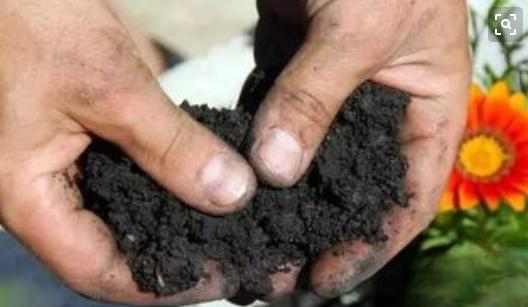
There are many kinds of fertilizers for growing flowers. Generally, if you don't grow many flowers at home, you can directly ferment the fertilizer yourself. After growing more flowers, the fertilizer you ferment yourself is not enough, and you must use the fertilizer we buy. To ferment fertilizer yourself, you can use bean cakes and the like. Bean cakes and the like are a good nitrogen fertilizer that can promote the growth of plant roots, green leaves, and strong branches. There are also fish scales, fish bones, fish viscera, etc. left over from eating fish in our kitchen. Put them in water for fermentation. After fermentation, use them to water flowers. It is a good calcium and multi-element fertilizer. These fertilizers are combined together to form a multi-element fertilizer, which is very beneficial to plant growth. However, one bad thing about fermented fertilizers is that after fermentation, the smell is a bit unpleasant. If you grow flowers indoors, you must ventilate for a few days, or wait until it is thoroughly fermented, and add orange peels, lemon peels, etc. to remove the smell. These fertilizers are fermented by yourself. If you don't want to ferment them yourself, you need to buy ready-made fertilizers. There are many kinds of ready-made fertilizers. We only need to know the three fertilizers of nitrogen, phosphorus and potassium. Nitrogen fertilizer promotes the growth of roots, leaves and branches, and potassium promotes the growth of roots, the expansion of fruits, and the growth of tubers underneath, and the generation of more small balls. Phosphorus can promote the rapid maturation of fruits and the flowering of plants. For flowering plants, phosphorus can effectively promote the differentiation of flower buds, allowing more flower buds to bloom.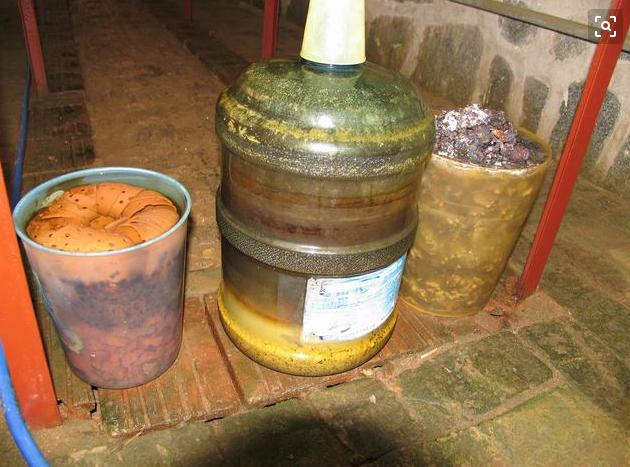
When buying fertilizers, you can look at the content of nitrogen, phosphorus and potassium in the fertilizers. You can buy the one with the highest content of these elements. According to the needs of your plants, whether you need to grow leaves, roots, or promote flowering, you can choose the one with the highest proportion of these three. I won’t talk about the specific brands. Here I will talk about how to buy fertilizers. Regarding fertilization, how should you fertilize? The principle of fertilization is to apply thin fertilizers frequently as much as possible, and don’t use too much. Especially for the purchased fertilizers, high concentrations can easily cause flower burning. For example, if the outer packaging says a ratio of 1:500, we can directly give it 1:800 or 1:1000. We can apply thin fertilizers frequently once every seven days or ten days. This is a main principle, so that long-term supply can ensure that the nutrients in the potting soil are not missing. You don’t have to spend money to ferment organic fertilizers yourself, but it has a little taste. If you raise it outdoors, it is a good choice.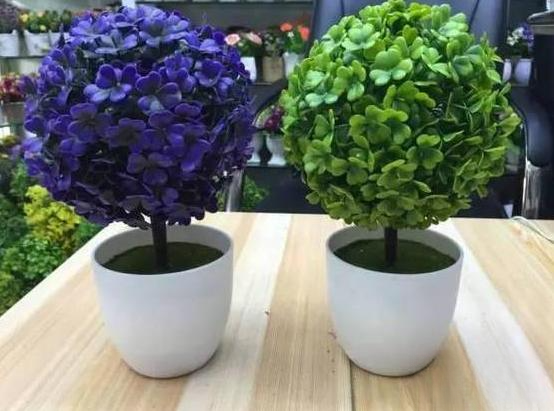
Fertilizers cost money to buy, so you can choose fertilizers according to your situation. Also, flowers from the south are prone to lack of iron when planted in the north, that is, lack of acidic substances. You can use ferrous sulfate on it regularly once a month. The ratio of ferrous sulfate to water is 1:1000. Using it once a month can ensure that there is no lack of iron in the potting soil and avoid yellow leaves due to iron deficiency.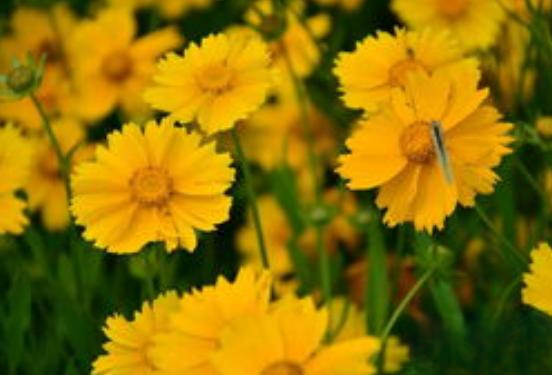
When repotting plants, another point is that we can add some fermented cow dung, sheep dung, etc. at the bottom. Fermented cow dung and sheep dung is a very good fertilizer. It is not easy to burn, and it can supply nutrients in the potting soil for a long time. It can also prevent the potting soil from becoming compacted. If it is thoroughly fermented, it can also be evenly mixed into the potting soil and allowed to be evenly distributed in the potting soil. This can both loosen the soil and supplement fertilizer. It is very easy to use.
Thank you for the invitation! Different types of flowers require different types of flower fertilizers.
Raising flowers is like raising people. People should be taught according to their aptitude, and flowers should be fertilized according to their flowers. The types of fertilizers should be reasonably matched, otherwise it will be a thankless task.
Monstera, Chlorophytum, and Asparagus Fern: Generally, nitrogen fertilizer is applied as the main fertilizer, which can promote the growth of branches and leaves and make the color dark green.
Coleus, variegated taro, and variegated dieffenbachia: Add nitrogen fertilizer and phosphorus fertilizer, the spots disappear and the colors become bright.
Pansy, calendula, petunia: Complete fertilizer. Apply more nitrogen fertilizer in the seedling stage and more phosphorus fertilizer in the early flowering stage to achieve flourishing flowers and fruits.
Rose, jasmine, and Milan: mainly phosphorus fertilizer.
Rhododendron, camellia, gardenia, bromeliaceae, and ferns: acidic fertilizers such as ammonium sulfate and superphosphate.
Growing flowers is a laborious task and tests one's patience. People who cultivate their character, pursue a good life and have a refined taste will choose to grow flowers. Growing flowers is difficult at the same time.
As for growing flowers, I have liked flowers and plants since I was a child, and I can grow many flowers. When growing flowers, you need to use rooting fertilizer, which makes it easy for the flowers to take root and grow quickly. However, you cannot fertilize them frequently, and you cannot apply fertilizer too close to the roots, otherwise the roots will be burned by the fertilizer. They also need to be exposed to the sun frequently, so that the flowers grown will be healthy, vibrant, and pleasing to the eye.
Growing flowers is a skill you never learn the hard way, but you will gradually become proficient at it. Once you have experience, you will be able to take care of them. Growing flowers is a technical job and also a work of art.
Fertilizers are divided into organic fertilizers and inorganic fertilizers. When growing flowers at home, it is generally not advisable to use unripened animal manure, otherwise the smell of the manure will affect the air at home. Therefore, when growing flowers at home, you can go to the flower and bird market to buy finished fertilizers.
Organic fertilizer is usually referred to as a mixture of human, poultry and livestock feces, urine and plant waste, such as hemp residue, bean cake, stems, etc., which is fully fermented and decomposed. The advantages of organic fertilizers are long fertilizer effect, complete nutrients, enhanced soil permeability, and reduced soil compaction. The disadvantage is that organic fertilizers must be matured and fully fermented before they can be used, otherwise they will generate a lot of heat and burn the roots. The content and proportion of nitrogen, phosphorus and potassium in organic fertilizers may not meet the needs of flower growth, nor are they suitable for various ornamental flowers in soilless cultivation. The organic fertilizers provided by the flower market include hemp residue, bean cake, bone meal, etc. When used as base fertilizer, it can be buried at the bottom of the flower pot. Do not use too much, and do not contact the roots of flowers directly, so as to avoid the heat generated by incomplete fermentation from "burning" the roots. When used as topdressing, you must add an appropriate amount of water, fully ferment and decompose, and dilute it before use. There is also a type of organic fertilizer mixed with the soil, which is spread or mixed into the soil. This type of fertilizer has a low content of effective ingredients.
Inorganic fertilizers should be called chemical fertilizers. They refer to inorganic substances (potassium chloride), organic substances (urea) and their mixtures that contain the nutrients necessary for plant growth and are produced by industrial chemical methods. When using inorganic fertilizers, you must pay attention to the amount of control. Excessive use will also burn the flowers. When using inorganic fertilizers, you must pay attention to the combination of fertilizers. Use multiple fertilizers together to grow good flowers.
I hope this answer can help you, thank you!!
Comment
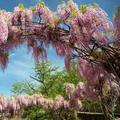 Four crazy boys Food company planting project technician, rural areas creator 02-16 08:40
Four crazy boys Food company planting project technician, rural areas creator 02-16 08:40Hello, thank you for the invitation, I am Huachi Sishao.
As a novice in flower cultivation, it is not recommended that you study how to mix fertilizers and what fertilizers to apply right from the start.
Most flowers are not so particular, just buy some compound fertilizer or commercial organic fertilizer.
Generally speaking, foliage plants such as green holly should be given more nitrogen fertilizer, while plants with large flowers, such as roses, should be given more phosphorus and potassium fertilizers.
I think the most important thing for growing flowers is the soil. Most flowers need loose soil that can retain fertilizer. Potted flowers are confined to a small pot, and nutrients and water are basically provided by the potting soil, so they are more restricted.
The impact is also quite large.
How to prepare the specific potting soil is not clear in one or two sentences. Just remember one thing: use organic fertilizer as base fertilizer when planting flowers, and the basic nutrition can be met. The effect is relatively good.
If you have any questions about flowers, please leave a message below and we can discuss it together.
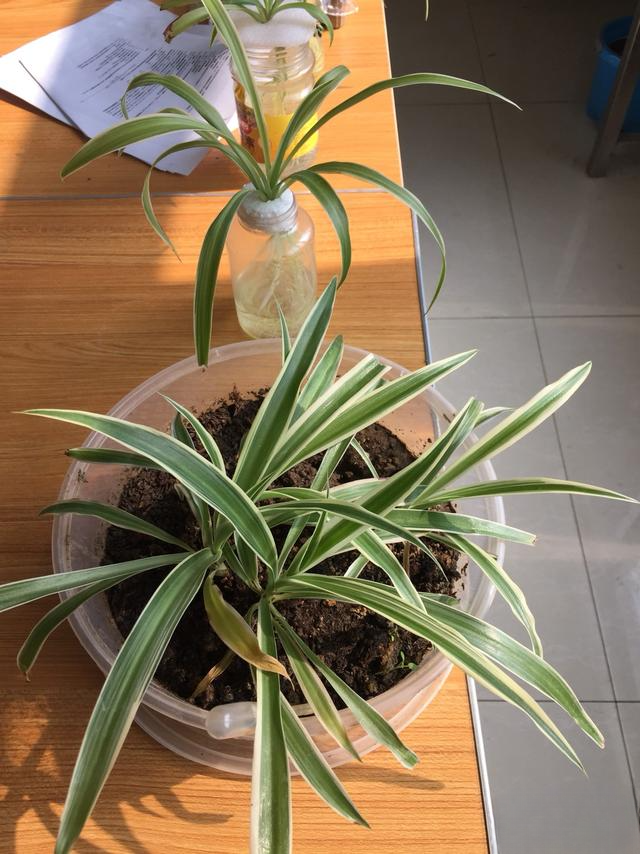
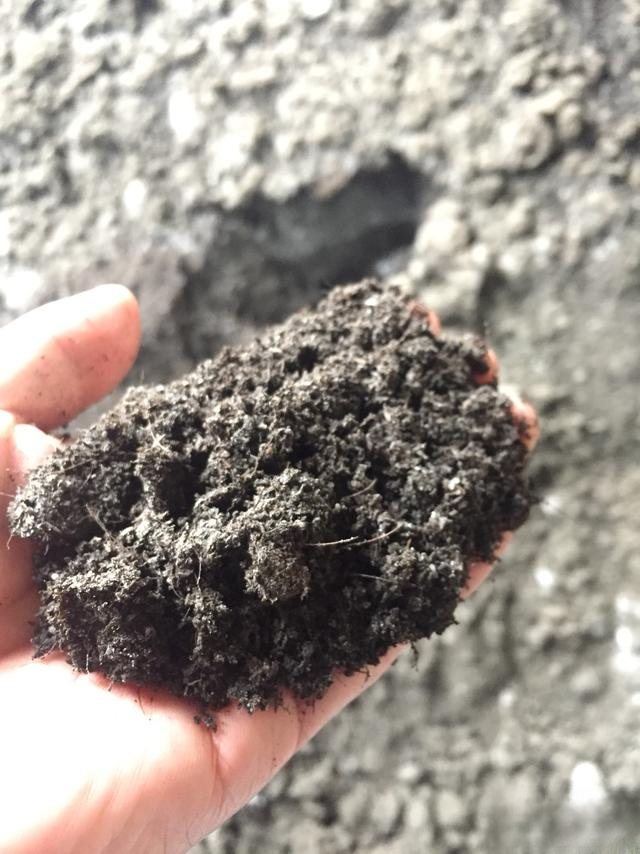
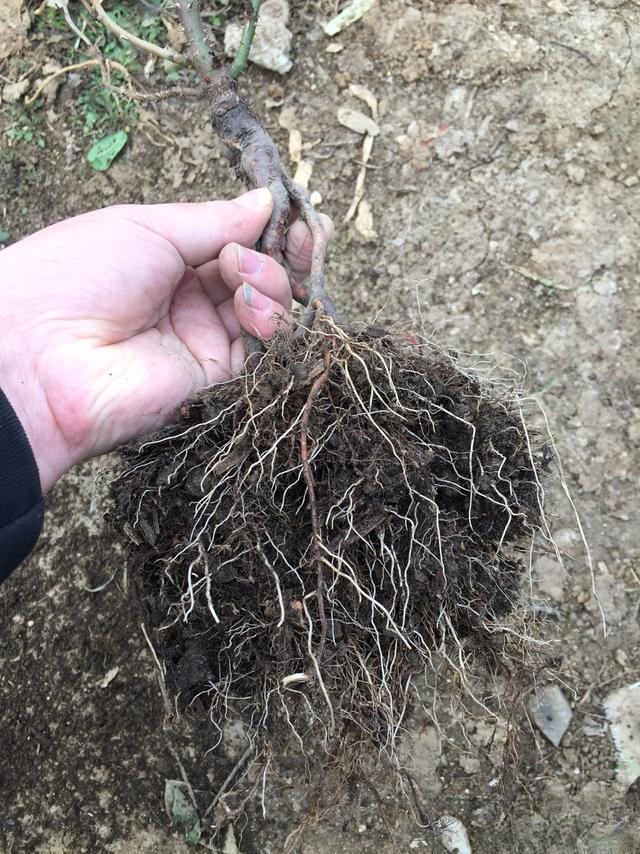
Generally speaking, we recommend using organic fertilizer when growing flowers.
Organic fertilizer can improve the physical and biological activity of the soil, provide long-term nutrition, and promote a healthy ecological cycle in the soil. It has a particularly strong affinity for flowers and plants, and a little more or a little less will not increase the burden on the plants. It can be said that organic fertilizer is the preferred fertilizer for "green" cultivation.
We only use inorganic fertilizers temporarily when flowers and plants are in urgent need of nutritional supplements, and they should not be abused. They must be targeted, otherwise it will easily deteriorate the soil and burn the roots of plants. Of course, inorganic fertilizers are more effective, and organic fertilizers are more effective for a longer time.
Organic fertilizer refers to the residues and discarded limbs of animals and plants that are obtained by mixing with soil after biological fermentation.
Inorganic fertilizer refers to various single-form substances obtained through chemical reactions.
